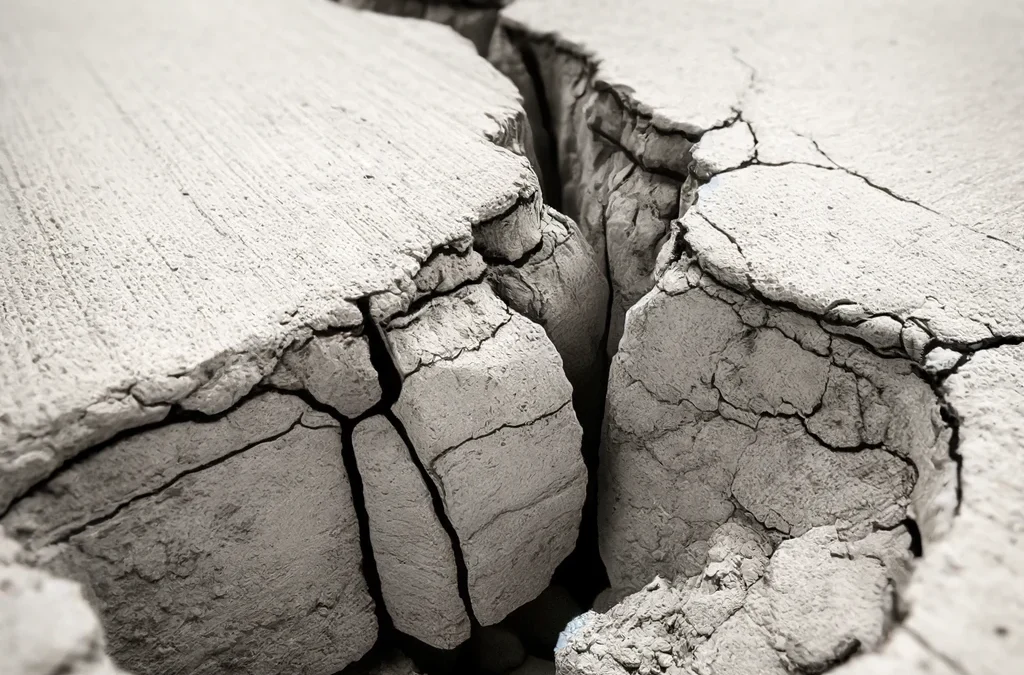Condominium and homeowner associations are responsible for maintaining the common areas of their communities, including the buildings and structures that make up the community. When construction defects arise, it can be difficult to identify the problem and determine who is responsible for fixing it. This paper will provide guidance on how to identify construction defects and potential remedies for condo and homeowner associations.
Identifying Construction Defects
Construction defects can manifest in many different ways, and it is important to be able to identify them early on. Some common signs of construction defects include:
- Cracks in walls or ceilings
- Leaks or water damage
- Electrical or plumbing problems
- Foundation issues
- Defective or inadequate insulation
- Mold or mildew growth
- Warped or uneven floors
If any of these signs are observed, it is important to investigate further to determine the underlying cause. This may require the assistance of a qualified professional, such as an engineer or construction expert.
Potential Remedies
Once a construction defect has been identified, the condo or homeowner association may have legal remedies available to them. Some potential remedies include:
- Filing a lawsuit against the developer or builder: If the defect is the result of poor workmanship or construction, the association may be able to sue the developer or builder for damages. This may include the cost of repairs, as well as any additional costs associated with the defect.
- Pursuing a warranty claim: Many developers and builders offer warranties on their work, which may cover the cost of repairs for certain types of defects. The association may be able to pursue a warranty claim to cover the cost of repairs.
- Seeking mediation or arbitration: In some cases, it may be possible to resolve the dispute through mediation or arbitration rather than going to court. This can be a faster and more cost-effective option for resolving disputes.
- Working with insurance: The association’s insurance policy may cover the cost of repairs for certain types of defects, such as water damage or mold growth. The association should review its policy to determine what is covered and work with its insurance provider to file a claim.
Conclusion
Construction defects can be a costly and time-consuming problem for condo and homeowner associations. By being able to identify construction defects early on and understanding the potential remedies available, associations can take steps to address the problem and hold responsible parties accountable. It is important for associations to work with qualified professionals and seek legal guidance to ensure that their rights are protected and that the defect is addressed in a timely and effective manner.

